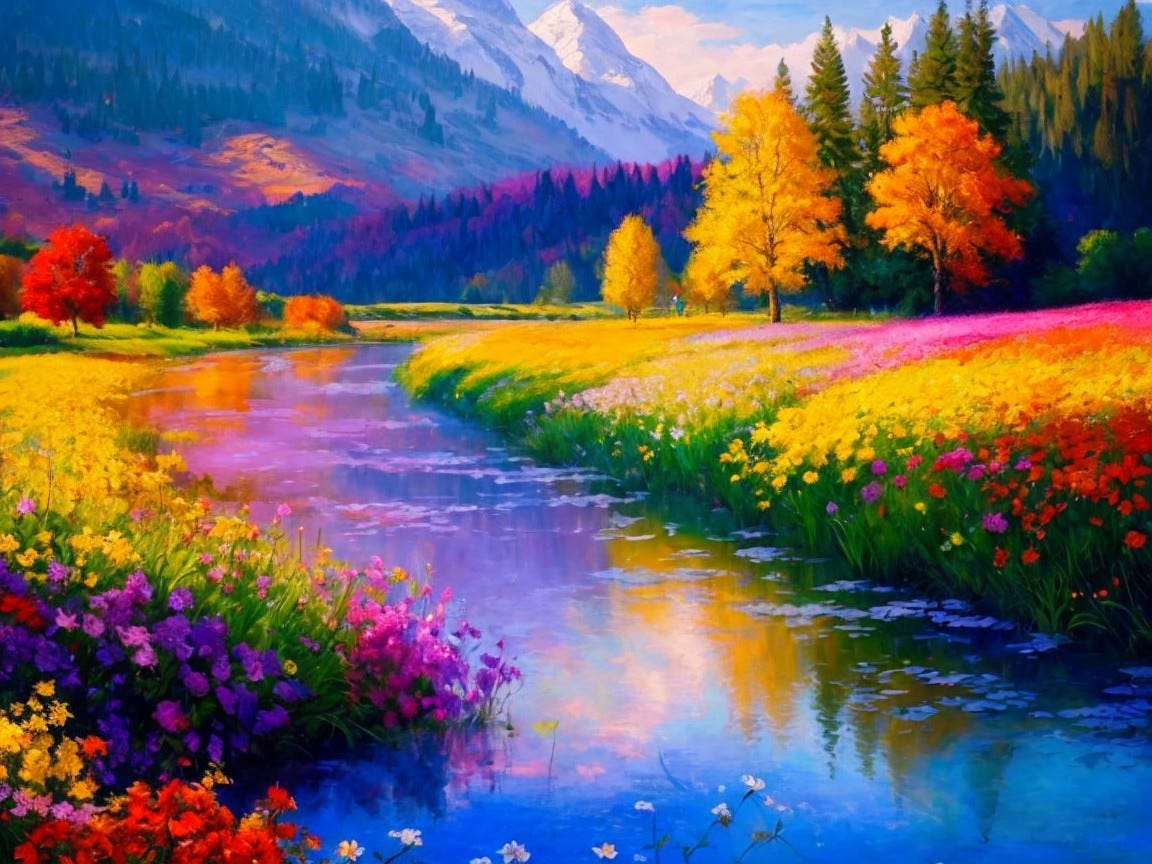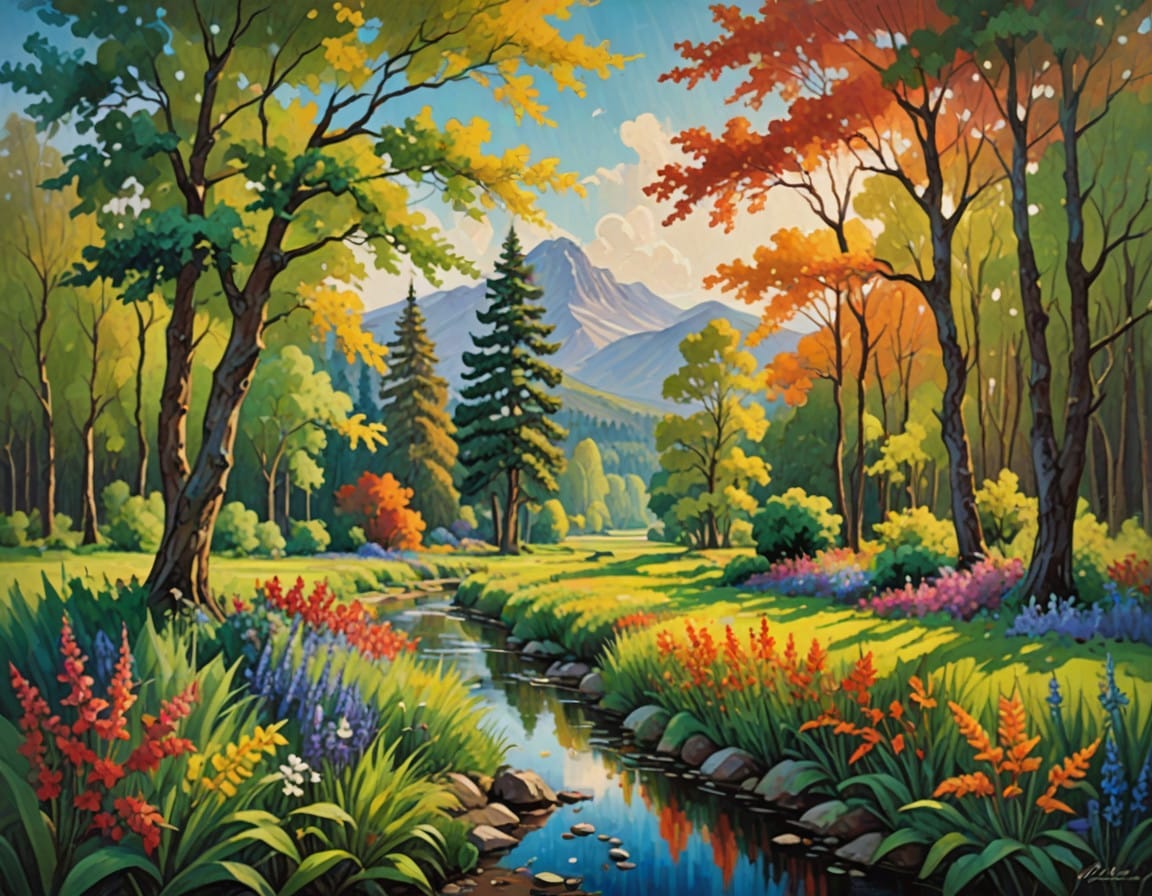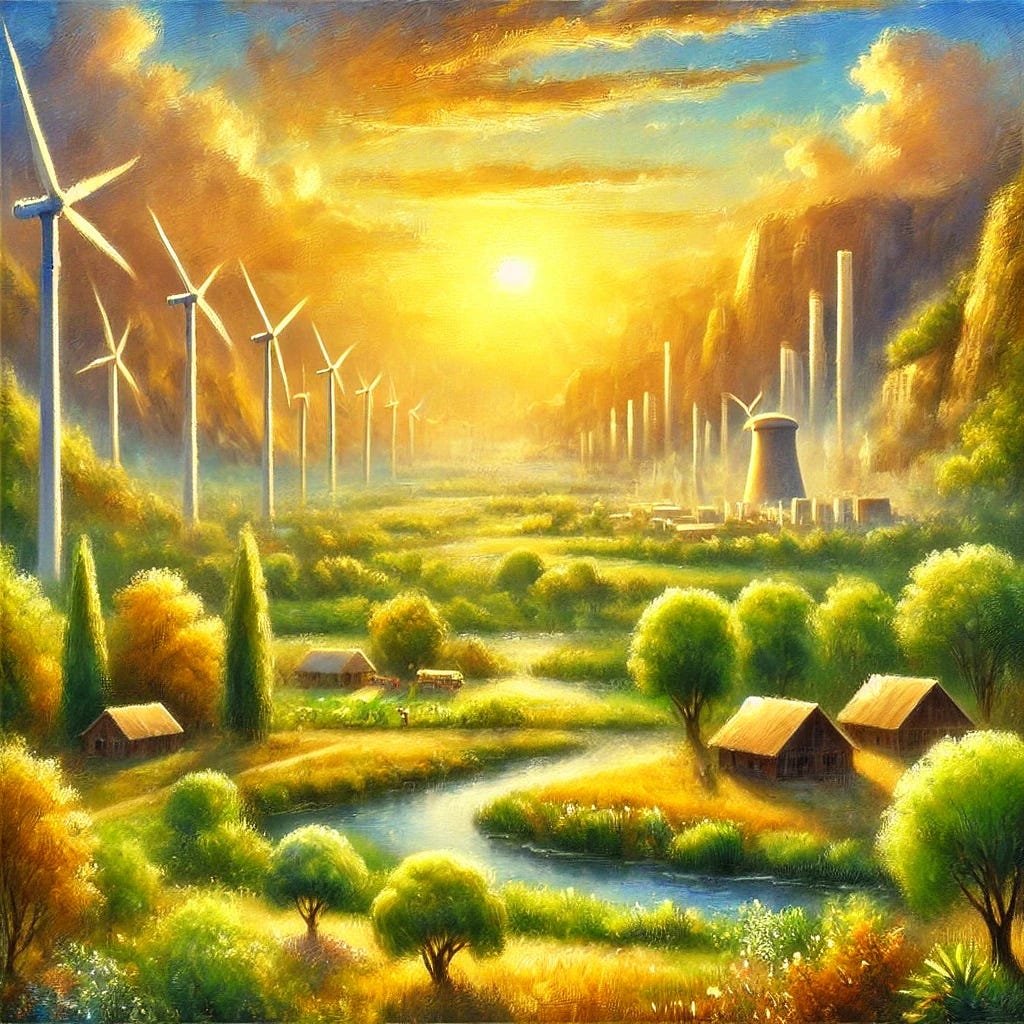
Ah, history. It’s like the world’s longest Netflix series with endless reboots, prequels, and sequels that somehow always circle back to the same plot points. The phrase “history repeats itself” isn’t just a proverb — it’s practically a spoiler warning. So, let’s dive into some of the largest trends that keep coming back like that one friend who always “forgets” their wallet at dinner.
Economic Booms and Busts: The Yo-Yo Effect
Ever heard of the economic cycle? It’s like a bad relationship — boom, bust, repeat. Ancient Rome had its financial crises, the Dutch had Tulip Mania in the 1630s, and we’ve had everything from the Great Depression to the 2008 financial crash. The trend is clear: humans love to overdo it, whether it’s spending on speculative assets or printing money like it’s Monopoly cash.
The logical factor? Human optimism — and greed. We’re great at convincing ourselves that “this time, it’s different” when, spoiler alert, it’s not.
Empires Rise and Fall: History’s Favorite Plot Twist
From the Egyptians to the British Empire, history loves a good rise-and-fall narrative. Empires start strong, expand too far, get complacent, and then crumble. The cadence is so predictable that it’s almost comforting.
The common thread here? Overextension and hubris. It’s the geopolitical equivalent of ordering the XXL combo when you know you can’t finish it. Throw in internal corruption and external pressures, and you’ve got yourself a historical rerun.
Revolutions: When the People Snap
When economic inequality and political oppression reach a boiling point, revolutions happen. The French, Russian, and American revolutions all followed eerily similar patterns: discontent builds, a charismatic figure emerges, and suddenly it’s guillotines, barricades, or Boston Tea Parties.
The surprising bit? Revolutions often replace one oppressive regime with another. Meet the new boss, same as the old boss. History’s ultimate punchline.
Technological Revolutions: The Double-Edged Sword
From the printing press to the internet, technological breakthroughs have consistently reshaped societies. They democratize information, boost productivity, and — surprise! — create new problems like misinformation or job displacement. It’s the gift that keeps on giving, for better or worse.
The regular pattern here is adaptation. Humans resist change initially, then embrace it, and finally overuse it until we’re begging for the next innovation.

Religion: A Perpetual Force
Religious figures and movements have shaped history over and over. From Jesus to Buddha to Martin Luther, charismatic leaders emerge, challenge the status quo, and spark massive cultural shifts. These trends often arise in periods of social or moral uncertainty, providing clarity — or at least a compelling narrative — to the masses.
Political Dynasties: Power Runs in the Family
The Kennedys, the Tudors, the Ming dynasty — you name it, politics loves a family business. This trend dates back to pharaohs and emperors, where keeping power in the family was practically a survival strategy. The pattern endures today, albeit with fewer crowns and more campaign rallies.
Human Conditions: The Eternal Tug-of-War
Progress is not linear. Women’s rights, civil rights, and environmental awareness surge forward, then face backlash, only to move forward again. It’s frustratingly slow but undeniably cyclical.
The logical factor? Fear of change versus hope for a better future. Every step forward brings resistance, but the trend ultimately leans toward improvement.
Renaissance Movements: The Rebirth of Creativity
Renaissance periods, from the Italian Renaissance of the 14th to 17th centuries to Harlem’s cultural explosion in the 1920s, emerge after dark ages of stagnation or repression. These movements flourish when society rediscovers the value of art, science, and individual expression. Leonardo da Vinci, Langston Hughes — different eras, same spark of brilliance.
What fuels these renaissances? A mix of stability, patronage, and a thirst for knowledge. Often, economic prosperity and political stability create the conditions for artists and thinkers to innovate.

Scientific Golden Ages: When Ideas Collide
The Islamic Golden Age, the Enlightenment, and the Space Race all mark periods when human curiosity reached new heights. These ages of innovation often arise from cross-cultural exchanges — think the Silk Road — and a shared hunger for understanding the universe.
Why do they matter? Golden ages remind us that collaboration beats isolation. When societies embrace diverse ideas, they often achieve breakthroughs that shape the future.
Cultural Renaissances: Rediscovering Identity
From Japan’s Edo period to India’s post-independence Bollywood boom, cultural renaissances reflect a collective effort to reclaim or redefine identity. These periods often follow upheavals, such as wars or colonial rule, as people seek to reconnect with their roots while adapting to modernity.
What’s the takeaway? Identity matters. Cultural renaissances show how art and tradition can unify societies and inspire pride.
Innovation in Adversity: Creativity Under Pressure
Interestingly, some of the most profound social innovations arise during crises. The Great Depression gave us the New Deal, while wartime necessity accelerated technologies like radar and penicillin. Struggle often sparks ingenuity, proving that human resilience is one of history’s most reliable trends.
The Common Thread: A Catalyst for Change
What unites these patterns? A catalyst — be it economic prosperity, cross-cultural interaction, or crisis — that shakes society out of complacency. Innovation thrives when people are open to reimagining the world and daring to think differently.
The Most Repeated Trend: Overconfidence
Whether it’s empires, economies, or inventors, overconfidence is history’s most recurring character. We repeatedly believe we’ve solved all the world’s problems only to realize we’ve created new ones. It’s almost endearing how optimistic we are.
Simplified AI Art Prompt
“An impressionist painting of a vibrant and harmonious landscape, where humanity’s achievements blend seamlessly with thriving nature, symbolizing hope for sustainable progress.”

Let’s Keep the Conversation Going
Which historical mistake or cultural innovation do you think we’re doomed to repeat or rediscover next? Share your thoughts in the comments and hit follow to stay in the loop as we uncover more lessons from the past.